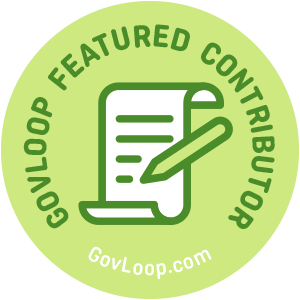As local government staff, we often lament the out-dated methods of public participation that we use. We reserve rooms in libraries and fire stations. We bring juice and cookies and poster boards. We test microphones, arrange chairs and fine-tune slide decks. And then, we wait for people to show up.
When the crowd arrives, we worry if there are enough attendees. We scan the audience, judging the mood and looking for problems. We try to anticipate every hiccup that could derail our public process.
Planning for digital public participation
With the new realities presented by the global pandemic, local governments are shifting to a digital-first public participation strategy. While we vaguely understood that digital public meetings would be the future of public participation, 2020 has forced us to adapt faster than anyone expected.
Government staff responsible for public events are shifting our skillsets for this digital reality. We are moving from booking rooms and testing microphones to configuring virtual meetings, testing captioning software, and monitoring chats.
An in-person meeting requires planning and preparation to ensure that the event is productive, inclusive, and fair. Similarly, a digital public event needs a checklist to ensure you’ve considered everything you can anticipate to host a productive conversation.
Developing a checklist
In a previous position with our IT department, I was responsible for defining user requirements for technology solutions. We used a simple template: “As a _______ (role), I need to __________ (action), so that __________ (objective).”
For digital public meetings, I’ve been working on a matrix to take into account the combination of roles, actions and digital platforms to represent all the actions that attendees will expect in the meeting. The formula is similar:
As a ______ (role),
I need to use ________ (method/platform)
In order to _______ (action).
Some of the values I use to fill in these blanks include:
The roles of meeting participants:
- Presenter
- Facilitator
- Attendee
The methods or platforms an attendee might use to connect to the meeting:
- Phone
- Web browser
- Slide show software
- Meeting software (Teams, Zoom, Chime, etc.)
- Smartphone app
The actions that they need to take:
- Hear the narration
- Present the slides
- View the slides
- Give their feedback
- Download files
This can result in a number of requirement statements, such as
As a Facilitator (role), I need to use Microsoft Teams (platform) to vocally communicate with attendees (action).
As a Presenter (role), I need to use PowerPoint (platform) to present images that explain concepts (action).
As an Attendee (role), I need to use my phone (platform) to provide verbal feedback to the project team (action).

Table of requirement statements showing roles, features, and actions
With these statements in hand, we can quickly run through the desired combinations and test them each before the live event.
Relation to real-life meetings
I think these statements are mostly analogous to our concerns when facilitating an in-person meeting. We’ve always done this as a part of preparing for public meetings. We run through lists in our mind, such as:
- As a presenter (role), I need the microphone (platform) to relay information to the audience (action).
- As an attendee (role), I need a chair (platform) to rest my body (action).
Breaking down a digital meeting into statements like this can help us quickly test all the actions we can anticipate.
Experienced facilitators have developed mental checklists to make sure an aisle is wide enough to accommodate a wheelchair, and if the speaker can be heard from the back of a room. We can do the same for digital meetings, and a checklist can help.
Let’s work together!
This is just a start to the list of roles, methods, and actions we should consider for digital public meetings. I’m working on including accommodations for people who use assistive technologies and multiple languages.
What other roles, platforms, and actions would you add to the list? Let me know in the comments– let’s build the Digital Public Meeting checklist together!
Jay Anderson is responsible for digital engagement and public processes at the city of Colorado Springs. Jay holds an MPA from the School of Public Affairs at the University of Colorado – Colorado Springs, where he also serves as the Chair of the Dean’s Community Advisory Board. Jay focuses on the point of engagement between the community and its institutions, creating programs that give a voice to people who want to have an impact on their government.





Leave a Reply
You must be logged in to post a comment.